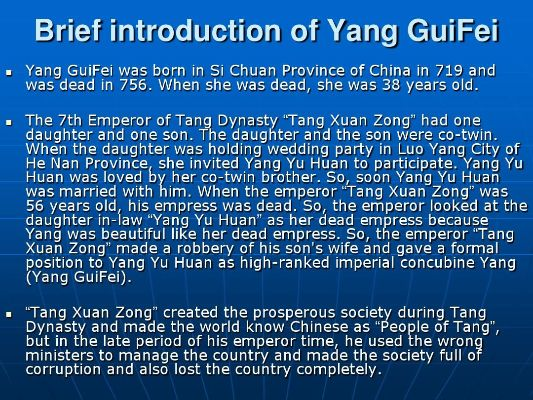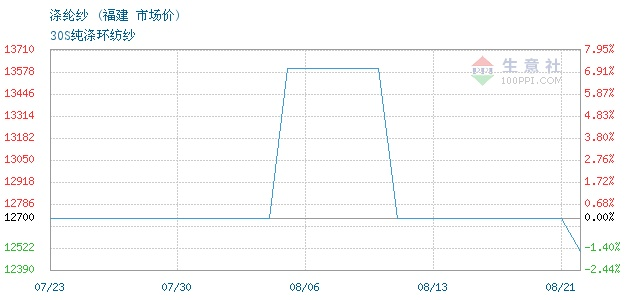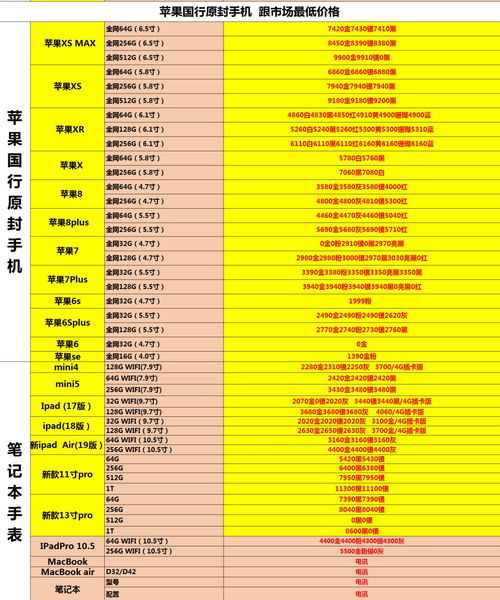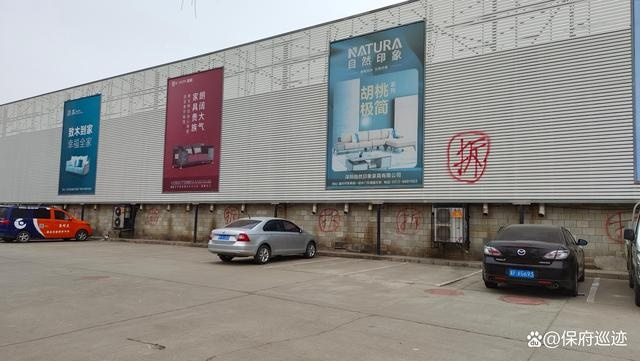Trends in Textile Development in the Tang Dynasty
During the Tang Dynasty, textile production experienced significant growth and diversification in China. The most notable developments were the emergence of silk as a luxury commodity, the widespread adoption of cotton fabrics, and the introduction of new dyeing techniques. These changes reflected the growing sophistication and prosperity of the Tang society, as well as the advancement of technology and trade. Additionally, the spread of Buddhist culture also contributed to the rise of silk robes and other religious garments. Overall, the textile industry of the Tang Dynasty was characterized by innovation, diversity, and sophistication, reflecting the cultural and economic development of the time.
Introduction: The Tang Dynasty, spanning from 618 to 907 AD, was a period of significant cultural and economic growth in China. Among the myriad aspects of Tang life, textiles played a crucial role as they were not only practical but also symbolized status and wealth. This essay will explore the trends in textile development during the Tang Dynasty and how they reflect the societal, cultural, and economic changes of that time. We will examine the types of textiles available, their materials, techniques of production, and their aesthetic appeal, along with specific examples from the literature and art that highlight the unique characteristics of the Tang period textiles.
Textile Types and Materials: During the Tang Dynasty, textiles varied greatly in style and quality. Clothing for men and women featured different fabrics and patterns. Men's clothing typically consisted of silk or cotton blends, while women favored silk garments that were elaborately embroidered and decorated. Woven silk was especially prized, with intricate patterns and delicate designs that showcased the skills of weavers. The use of dyed cotton and linen was also common, offering a more affordable option for the commoner class. In addition to everyday wear, luxury textiles like silk brocade, jade-embellished garments, and silk hats were highly sought after by the nobility and wealthy merchants.
Techniques of Production: The production of textiles during the Tang Dynasty relied heavily on manual labor. The process involved various steps such as spinning, weaving, dyeing, and finishing. Spinning involved twisting fibers into thread; the quality of the yarn depended on the type of fiber being spun. Woven silk was particularly notable for its high-quality yarn, which required skilled weavers to maintain uniformity and strength. Dyeing was another critical step, with techniques like dipping and hand painting used for different colors. Finishing processes included sewing, lacework, and decorative stitches. These techniques showcased the craftsmanship of the artisans who produced them.

Aesthetic Appeal: Tang textiles were known for their exquisite design and color combinations. They often incorporated Chinese elements such as dragon motifs and phoenix wings, symbolizing good luck and prosperity. Embroidery, gold thread, and other embellishments were used to add depth and texture to the fabric. Women's clothing was particularly noted for its beauty, with elaborate designs adorned with flowers, birds, and other natural images. The Tang period is often referred to as the Golden Age of Chinese Textiles because these garments reflected the artistic and cultural advancements of that era.
Example: One famous textile example from the Tang Dynasty is the Silk Robe (Silk Huo), which is considered one of the most luxurious garments in history. This robe was made from a single piece of fine silk that had been woven into a complex pattern. It was worn by royalty and nobles, and was considered a status symbol of prestige and wealth. The Silk Robe is now highly sought after as a collector's item due to its rarity and beauty.
Conclusion: In conclusion, the textiles of the Tang Dynasty were diverse and impressive. From everyday clothing to luxury garments, the choices available were vast and varied. The materials used were primarily silk and cotton, with a preference for silk for higher-status garments. The production methods involved meticulous craftsmanship, with each step carefully executed to produce high-quality textiles. The aesthetic appeal of the Tang textiles was unmatched, with their intricate designs, beautiful colors, and luxurious materials setting them apart from their contemporaries. The examples discussed here serve to illustrate the richness and complexity of Tang textiles, providing insights into the cultural, economic, and social contexts that gave rise to this remarkable period in Chinese textile history.
The Rise of Textile Trends in the Tang Dynasty
唐代是中国古代纺织业发展的重要时期,其纺织品的发展趋势反映了当时社会的繁荣与进步,本篇报告将通过图表和案例分析,详细阐述唐代纺织品的发展脉络及其特点。
唐代纺织品的主要发展阶段
早期纺织技术探索
在唐代早期,纺织技术开始逐渐成熟,出现了多种新型纺织材料和工艺,例如丝织、麻织、棉织等。
繁荣时期:精细工艺与多样化产品
随着社会经济的发展,唐代纺织品进入了繁荣时期,这一时期的纺织品不仅种类繁多,而且制作工艺也更加精细。
唐代纺织品的主要发展趋势
纺织材料多样化

唐代纺织品开始使用多种新型纺织材料,包括丝、麻、棉等,这些材料的出现丰富了纺织品的种类和风格。
工艺技术进步
在纺织工艺方面,唐代纺织技术取得了显著的进步,出现了织造技术、染色技术、印花技术等,这些技术的进步使得纺织品的质量和性能得到了显著提升。
图案设计创新
唐代纺织品在图案设计方面也取得了很大的创新,出现了具有民族特色的图案,如牡丹、莲花等,这些图案的设计不仅体现了唐代文化的特色,也使得纺织品更具观赏性和艺术性。
案例分析:唐代纺织品的发展实例
丝绸制品的繁荣
以丝绸制品为例,唐代时期出现了多种丝绸制品,如锦绣、罗绸等,这些丝绸制品不仅具有优雅的外观和舒适的质地,而且制作工艺也十分精湛,在唐代,丝绸制品成为了人们日常生活中不可或缺的用品。
麻织品的普及与应用
在唐代,麻织品也开始得到普及和应用,麻纤维具有透气性好、吸湿性强等优点,使得麻织品在夏季穿着更加舒适,麻织品还具有环保、可持续的特点,符合现代人们对环保的需求。
唐代纺织品的发展趋势反映了当时社会的繁荣与进步,在纺织材料、工艺技术、图案设计等方面都取得了显著的进步和发展,唐代纺织品也体现了当时人们的审美观念和工艺水平,随着科技的不断进步和人们生活水平的提高,唐代纺织品的发展前景仍然十分广阔。
Articles related to the knowledge points of this article:
Top 10 Textile Companies Going Public in the Global Market
The Story of Xian New District Luo Qiuliang Textile Wholesale
The Essential Guide to Choosing the Right Textile Processing Services



